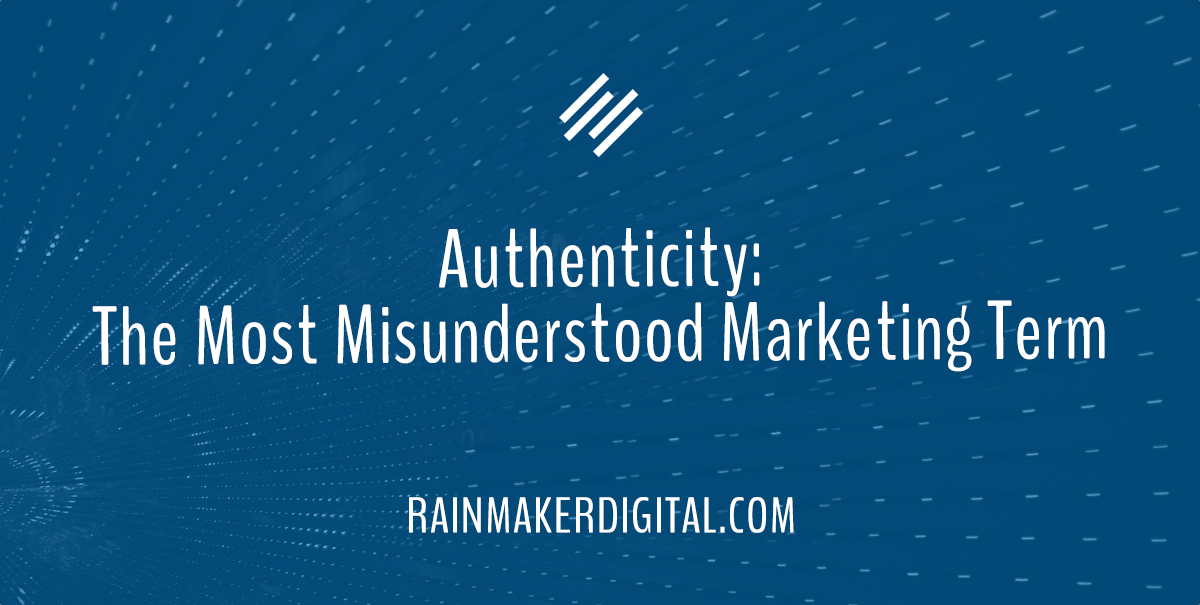“Authenticity” is the hottest buzzword in content marketing.
But no one seems to know what it actually means.
It’s not:
- A production value
- A type of content
- A pivot from brand-specific to personality-driven
Here’s how to make sure you’re authentic.
Many people think “authentic” content is a function of openness and access. That’s not entirely true. Yes, many brands let people “behind the curtain” more in the age of social media than they did in the past, but this is an effect, not a cause.
Your authenticity comes from living your brand’s personality.
Call it what you like: brand persona, brand personality, whatever … you want your audience to get to know your brand like they would a friend. That means being secure in what your brand is and what your audience wants.
Authenticity requires your brand have a consistent personality across every channel you use. Your audience needs to be able to count on your brand being what they expect, no matter where they engage with you — just like your old friends’ personalities. You know what to expect, and you get what you expect. Your audience wants you to be their ride or die too.
Once your brand is defined, you have to stay true to it. That’s true whether you’re talking about “marketing” or intimate “behind-the-scenes” content. One isn’t more “authentic” than the other … they have to both be true to the same personality.
Your audience wants you, yes. But they want a version of you. Think of it like entertainment. The Rock is Dwayne Johnson, but only parts — some of his personality is larger than life, or added to, other parts left out. Ziggy Stardust was David Bowie, yes, but he was also a character created by David Bowie, who reinvented his public image multiple times through his career.
“Brand personality” is a mix of who you/your company actually is and the aspects that people are looking for from you. You’re curating the parts that fit, highlighting some things, de-emphasizing others.
Take Superman. Superman and Clark Kent are two different “personas.” Surely the confident, strong Superman couldn’t be the mild-mannered Clark, even if the chiseled jawline is the same.
If you give your audience Clark Kent when they expect Superman, bad things happen.
And authenticity does NOT mean telling your audience everything. Most audiences actually don’t want full transparency. Overload them with details about the day-to-day and they’ll tune out; show too many of the rough edges to be “vulnerable” and they’ll start thinking you never do anything good.
Authenticity is staying true to what your audience expects. Look at Mercedes-Benz — its brand voice is polished, clean, highly-produced. Not a lot of behind the scenes, but what’s there is slick, aspirational and luxurious.
Liquid Death is the opposite — bold, brash, a little unhinged, humorous. Some content puts a much more human face on the brand, but it’s ragged around the edges, not polished.
Two different personas, both valid. Both are based on what they do well and what their audience expects. Both are consistent. That’s why they’re both successful.
You can be too.
Build a brand personality. Offer your audience what they’re looking for and create a connection with them. That’s authenticity in marketing.
